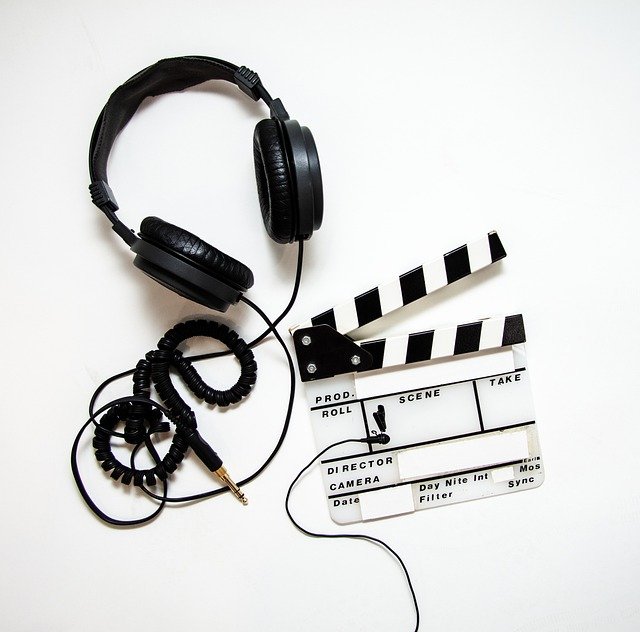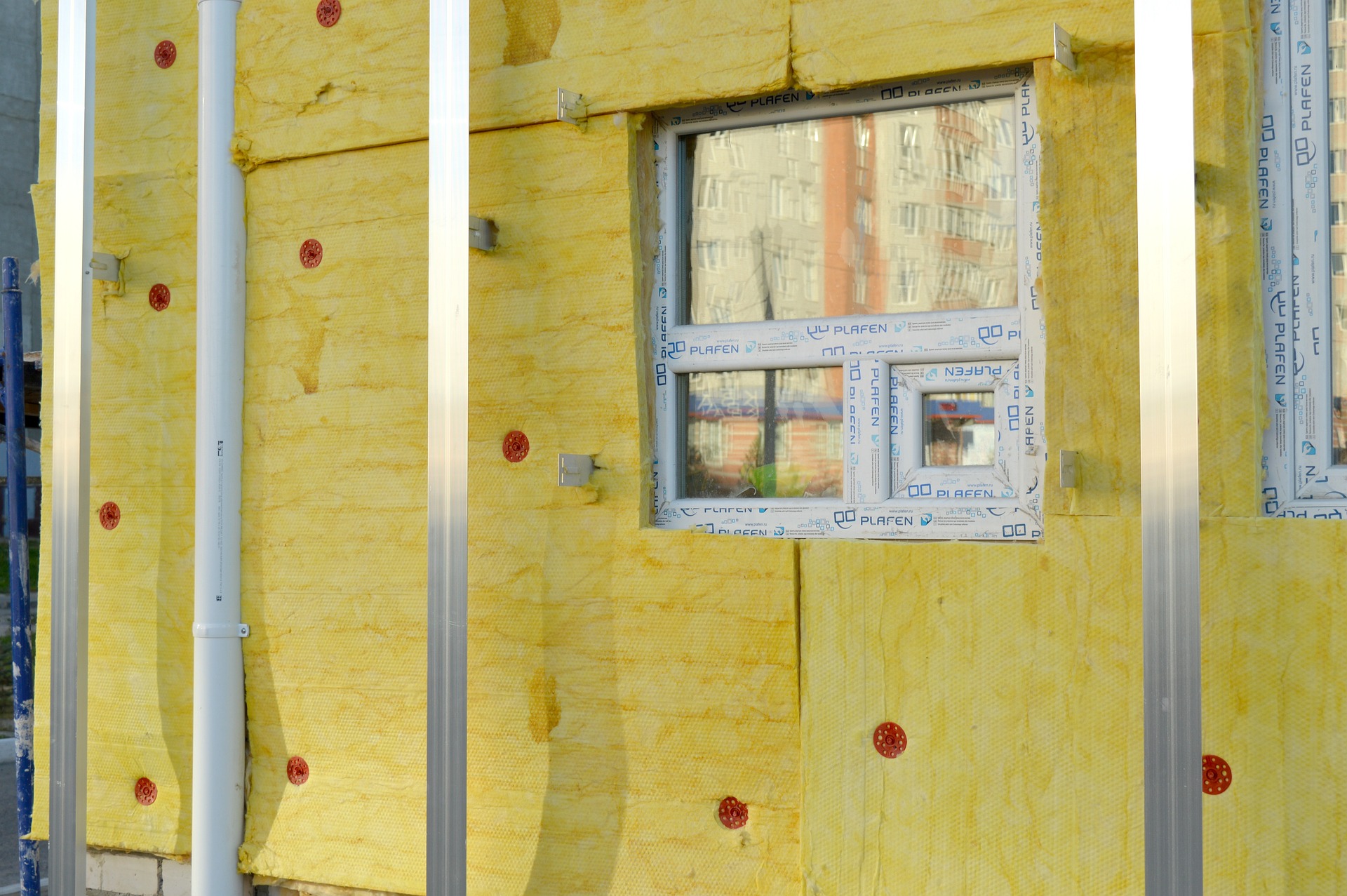Cinematic Soundscapes: The Unsung Heroes of Film
In the realm of cinema, where visual spectacle often takes center stage, there exists a subtle yet profound force that shapes our emotional experience: the art of sound design. This oft-overlooked aspect of filmmaking has the power to transport audiences, evoke visceral reactions, and breathe life into imaginary worlds. From the gentle rustle of leaves to the thunderous roar of an alien invasion, sound designers craft auditory landscapes that are as crucial to storytelling as the images on screen.

Beyond Dialogue: The Texture of Sound
Sound design encompasses far more than just dialogue and music. It involves creating a rich tapestry of ambient noises, effects, and atmospheres that give depth and authenticity to the on-screen world. From the buzzing of fluorescent lights in a tense scene to the distant echoes in a cavernous space, these subtle details immerse viewers in the story’s environment.
The Psychology of Sound in Film
Sound designers are masters of manipulation, using auditory cues to guide audience emotions and perceptions. The low-frequency rumble preceding a monster’s appearance builds tension, while the absence of sound can create a sense of unease or anticipation. This psychological aspect of sound design is a powerful tool in a filmmaker’s arsenal, often working on a subconscious level to enhance the viewing experience.
Technological Advancements and Creative Possibilities
The digital age has ushered in a new era of possibilities for sound design. Advanced recording techniques, synthesizers, and sound manipulation software allow designers to create and shape sounds with unprecedented precision. From the otherworldly vocalizations of alien creatures to the immersive surround sound experiences in modern theaters, technology continues to push the boundaries of what’s possible in cinematic soundscapes.
The Collaborative Art of Sound Design
Sound design is a deeply collaborative process, involving close cooperation between directors, composers, and sound teams. This synergy is evident in films where sound becomes an integral part of the narrative, such as in A Quiet Place, where the manipulation of silence and subtle sounds creates a uniquely tense viewing experience. The seamless integration of sound design with visual elements and musical score is what elevates a film from good to extraordinary.
Recognition and Future Trends
Despite its crucial role, sound design often goes unrecognized by the general public. However, the industry has begun to acknowledge its importance, with awards and accolades specifically dedicated to sound achievement in film. As virtual and augmented reality technologies continue to evolve, sound design is poised to play an even more significant role in creating immersive experiences that blur the lines between reality and fiction.
The art of cinematic sound design remains a fascinating and evolving field, constantly pushing the boundaries of creativity and technology. As audiences become more attuned to the nuances of film production, the appreciation for this invisible yet indispensable aspect of cinema is likely to grow. The next time you find yourself lost in a movie, take a moment to listen closely – you might just discover a whole new dimension to the storytelling experience.



